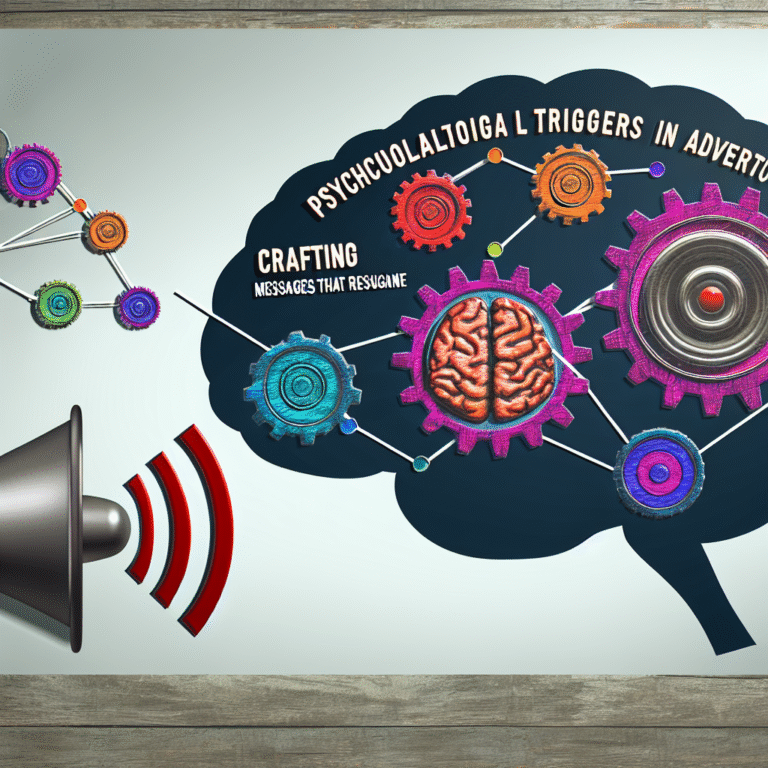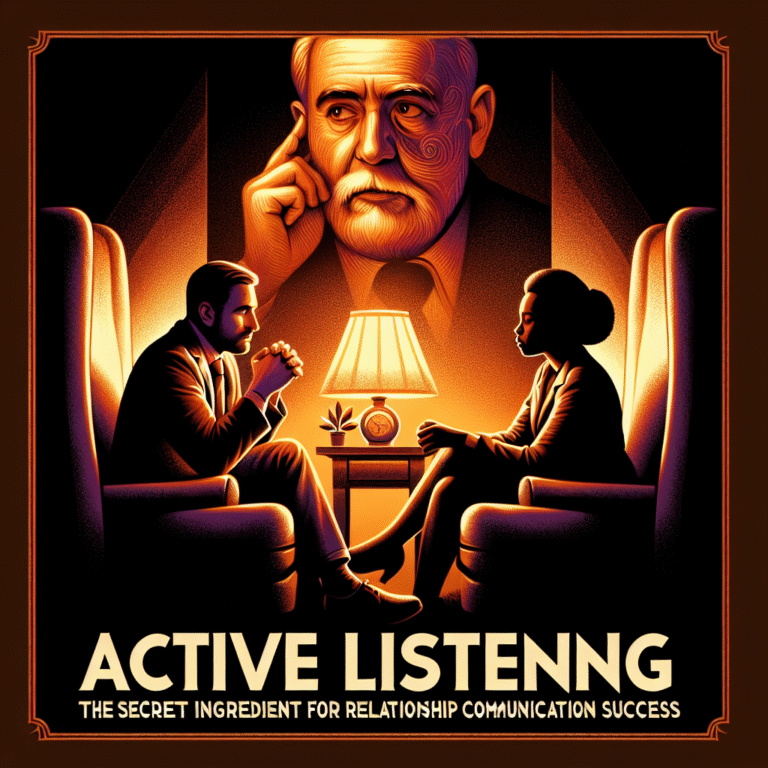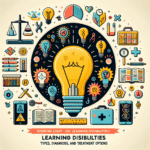
The Ultimate Guide: Feel Free to Adjust or Combine Elements from These Suggestions to Best Fit Your Target Audience!
In today’s fast-paced world, understanding your audience is crucial for creating impactful content and delivering value. The phrase “Feel free to adjust or combine elements from these suggestions to best fit your target audience!” speaks volumes about the adaptability needed to resonate with diverse audiences. By exploring strategies, insights, and best practices, this comprehensive guide aims to equip you with the tools to effectively engage your audience.
Introduction: The Power of Tailoring Content
Imagine embarking on a journey without a map. You might eventually find your destination, but the path will be winding and fraught with uncertainties. This analogy holds true in the realm of content creation and marketing, where knowing your audience can serve as the critical roadmap that guides your efforts. Tailoring your content isn’t just about putting words on a page; it’s about connecting, engaging, and providing real value.
Every audience is unique, with distinct preferences, behaviors, and needs. Therefore, the phrase “Feel free to adjust or combine elements from these suggestions to best fit your target audience!” becomes more than just advice; it serves as an invitation to explore new avenues based on your audience’s specific requirements.
This guide will delve deep into how you can effectively adjust and combine strategies to find the perfect fit for your target audience.
Understanding Your Audience: The Foundation of Tailoring
Know Your Demographics
Demographics are the backbone of any audience analysis. Knowing age, gender, income, education levels, and geographic locations provides a starting point for segmenting your audience. For instance, a company selling luxury skincare products might target affluent women aged 30-50 living in urban areas.
Table 1: Sample Demographic Profiles
| Age Group | Income Level | Gender | Interests |
|---|---|---|---|
| 18-24 | Low | Male | Gaming, Social Media |
| 25-34 | Medium | Female | Health, Wellness |
| 35-50 | High | Female | Luxury Goods, Travel |
Psychographics: Beyond Demographics
While demographics set the stage, psychographics truly unveil the motivations, values, and pain points of your audience. Surveys, focus groups, and social media listening can yield valuable insights.
- Case Study: Nike’s Just Do It Campaign
Nike has successfully applied psychographic analysis to target athletes and fitness enthusiasts by resonating with their aspirations of pushing limits. The "Just Do It" slogan embodies empowerment, inspiring countless individuals to strive for their fitness goals.
Behavioral Data: Real-Time Insights
Behavioral data—such as online shopping habits, engagement on social media, and content consumption patterns—offers actionable insights. By utilizing analytics tools, you can observe how different segments of your audience interact with your content.
Example Insights:
- A company’s blog might receive the highest traffic from users in their late 20s who prefer video content over written articles.
- Engaging data visualization can be particularly appealing to a tech-savvy audience.
Creating Content: Strategies That Resonate
Crafting Engaging Headlines
A compelling headline grabs attention and encourages readers to click. When creating content, ensure that headlines are directly targeted to audience interests.
Power Tip:
Using power words can produce a sense of urgency or excitement. For example, “The Proven Steps to Tailor Your Content Effectively” may be more appealing than a bland title.
Utilizing Visual Content
Incorporating visuals can enhance the readability of your content. Infographics, videos, and images cater to those who may prefer visual learning over reading lengthy articles.
Example:
In a tutorial on effective email marketing, a step-by-step infographic can visually break down the process, making it easier for the audience to understand.
Storytelling: The Emotional Connection
Stories evoke emotions and provide context. Incorporating storytelling techniques can enhance engagement and encourage a sense of connection with your audience.
- Case Study: Airbnb’s Host Stories
Through engaging stories of their hosts, Airbnb showcases the human element behind their platform, creating emotional ties with both guests and hosts. This storytelling approach is crucial in attracting users that value authenticity.
Feedback and Adaptation: A Continual Process
The Importance of Iteration
Once you have created your content, gather feedback to determine its effectiveness. Surveys, comments, and social media engagement metrics will provide insights into what resonates with your audience.
Table 2: Feedback Analysis
| Feedback Source | Positives | Negatives |
|---|---|---|
| Social Media | High engagement, Shares | Some negative comments on tone |
| Email Surveys | Positive feedback on visuals | Requests for more detailed content |
| Analytics | High traffic on specific topics | Drop in engagement on others |
A/B Testing for Optimization
A/B testing allows you to refine your approach. By adjusting elements within your content—such as layout, topic focus, or call-to-action—you can identify what resonates best.
- Example Insight:
Testing headlines for a blog post can yield different click-through rates. One variant might attract a younger audience while another appeals to older readers.
Implementing User-Generated Content
Encouraging user-generated content can further cement your relationship with your audience. By inviting them to share their experiences, you bolster community engagement.
- Case Study: Lay’s Potato Chips’ Flavor Contest
Lay’s engaged customers by inviting them to submit their unique potato chip flavor ideas. This not only elevated customer engagement but also drove product innovation based on audience feedback.
Conclusion: Empower Your Audience
The journey to effectively “adjust or combine elements from these suggestions to best fit your target audience” is continuous and requires attentiveness. By understanding demographics, psychographics, and behavioral data while utilizing strategic content creation techniques, you can craft meaningful connections with your audience that resonate deeply.
Start implementing these techniques today to ensure that your content is not merely seen, but valued. Invite your audience to step into a narrative that speaks to them and addresses their specific needs.
FAQs
1. How can I identify my target audience?
Identify your target audience through market research, surveys, and social media analytics. Collect demographic and psychographic data to refine your understanding.
2. What types of content are most engaging for younger audiences?
Visual content, such as videos and infographics, tends to engage younger audiences more effectively. Interactive content like polls or quizzes also works well.
3. How often should I gather feedback?
Regularly gather feedback after significant content campaigns. Continuous feedback ensures you stay in tune with your audience’s needs.
4. What is the best way to measure engagement?
Key performance indicators (KPIs) like click-through rates, shares, comments, and traffic sources provide insights into how well your content is resonating.
5. Why is storytelling relevant in content creation?
Storytelling humanizes your brand and creates emotional connections with your audience, making your message more memorable and impactful.
By thoughtfully combining these elements and remaining adaptable, you can create content that not only attracts but also retains your target audience’s interest. It’s time to embrace the dynamic nature of content creation and tailor your approach continuously—remember, the journey of engagement is just as important as the content itself.

















